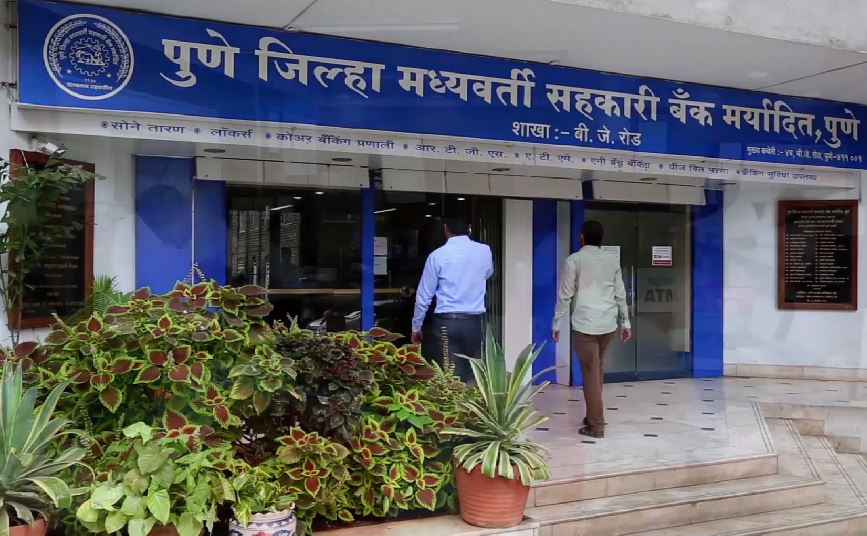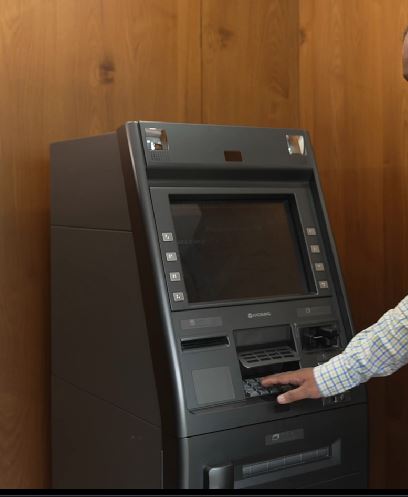Surrounded with hills and lakes, the picturesque city of Pune is the pride of west India.
It is the cultural capital of the state of Maharashtra.
The cultural and intellectual capacity of Pune has earned it the title of being the ‘Oxford of the East.’ Pune is 192 km from Mumbai & situated on Mumbai Banglore National Highway (NH-4).
Pune district is located between 17 degrees 54' and 10degrees24' north latitude and 73 degrees19' and 75 degrees 10' east longitude.,
The district has geographical area of 15,642 sq.km.
Pune district is surrounded by Ahmednagar district on north-east, Solapur district on the south-east, Satara district on south, Raigad district on the west and Thane district on the north-west.
It is the second largest district in the state and covers 5.10 % of the total geographical area of the state.
The landscape of Pune district is distributed triangularly in western Maharashtra at the foothills of the Sahyadri Mountains and is divided into three parts: "Ghatmatha", "Maval" and "Desh". Pune district forms a part of the tropical monsoon land and therefore shows a significant seasonal variation in temperature as well as rainfall conditions.
Climate of the western region of Pune is cool whereas the eastern part is hot and dry.
Due to the geographical conditions of the district, the rainfall is unevenly distributed.
The Western part of the district adjacent to the West coast is hilly area having forest cover, due to which the rainfall intensity is more in this area as compared to the eastern parts.
Most of this rain is brought by the southwest monsoon winds during the summer and about 87% of rainfalls during the monsoon months.
The monsoon arrives in the month of June, with the maximum intensity of rainfall during the month of July and August.
Talukas falling in the highest rainfall intensity zone are Velha, Mulshi and Maval.
Talukas falling in the moderate rainfall intensity zone are Bhor, Ambegaon, Junnar, Khed, Haveli, Pune city and Purandar.
Talukas with lowest rainfall intensity, the dry and semi-arid zone are Shirur, Daund, Indapur and Baramati.
April and May are the hottest months in the district.
Maximum temperature during these months often rises above 36 degrees C.
The western region of Pune district i.e. talukas Junnar, Ambegaon, Khed, Maval, Mulshi and Velha are cool whereas the eastern part i.e. talukas Shirur, Daund, Baramati and Indapur are hot and dry.
December and January are the coolest months, when average temperature falls as low as 11 degrees C.
Humidity is low during the summer months due to increased evaporation losses from the atmosphere.
The diurnal variations in humidity during this period are high, water vapor gets condensed due to falling nighttime temperatures and the daytime temperatures are high.
Natural hazards threaten sustainable economic development worldwide.
Natural hazards like earthquakes, floods, tropical storms, droughts and other calamities may result in loss of life and property worth millions of rupees.
Disasters destroy decades of human efforts and investments, thereby placing new demands on society for reconstruction and rehabilitation.Earthquakes and floods have affected Pune district in the past.
The details of the areas which are susceptible to natural hazards have to be avoided for siting of industries.
Due to the presence of many structured hills within Pune district, occurrences of earthquakes take place.
Fault lines are scattered throughout the district and these areas are minor earthquake prone areas.
Small south-west side portion of taluka Bhor and Velha fall under risk zone-IV, which is high damage risk zone.
The remaining part of the district falls under the zone III, which is moderate damage risk zone.
Most of the talukas in Pune district are flood prone.
The rivers likely to cause flooding are river Bhima (Tal. Shirur, Daund, Indapur and Haveli), River Mula (Punecity), river Mutha(Tal.Punecity and Mulshi), River Indrayani (Tal. Khed, Haveli and Maval), River Ghod (Tal. Ambegaon), River Mina and Pushpavati (tal Junnar), River Nira (Tal. Indapur and Purandar), River Pavana(Tal. Haveli).
Due to heavy rainfall in the rainy season, landslide occurs in taluka Ambegaon, Junnar and Mulshi.
| Sr.No. | Particulars | Total Number |
|---|---|---|
| 1 | Blocks | 14 |
| 2 | Block Committees (Panchayat Sammittes) | 13 |
| 3 | Urban areas – out of Corporation Cantonment Municipal Corporation Census Towns |
25 2 3 11 9 |
| 4 | Number of villages | 1866 |
| 5 | Number of Grampanchayat | 1401 |
| 6 | Population (Census 2001)- Out of Male Female per 1000 male Female Rural area Urban area |
72.33 lacs 37.69 lacs 34.64 lacs 919 42% 58% |
| 7 | Literacy percentage | 80 |
| 8 | No.of Agriculture producing Marketing Committee | 11 |
| 9 | Irrigation facility available to Total land under cultivation | 23% |
| 10 | Veterinary hospitals | 68 |
| 11 | Veterinary aid centers | 210 |
| 12 | Rural Households | 920536 |
| 13 | BPL Households | 122000 |
| Classification of holding | Holding | Area | ||
|---|---|---|---|---|
| Nos. | % to total | Ha. | % to total | |
| Upto 1 hector | 193970 | 39 | 722321 | 9 |
| Between 1 to 2 hector | 124316 | 25 | 1364383 | 17 |
| Above 2 hector | 180536 | 36 | 5939080 | 74 |
| Total | 498822 | 100 | 8025784 | 100 |
| S.No | Agency | No.of Banks/Soc. | No.of Branches | ||
|---|---|---|---|---|---|
| Total | Rural | Urban | |||
| 1 | Commercial Bks | 62 | 638 | 219 | 419 |
| 2 | Regional Rural Banks | 2 | 2 | 2 | - |
| 3 | District Central Cooperative bank | 1 | 283 | 243 | 40 |
| 4 | Coop. Agril. & Rural Dev.Bank | 1 | 24 | 23 | 1 |
| 5 | Primary Agril. Coop.Soc. | - | 1248 | 1248 | - |
| 6 | Other | - | 90 | - | 90 |
| 66 | 2248 | 1699 | 549 | ||
Immediate Payment Service is an interbank electronic instant mobile money transfer service through mobile phones. Our IMPS service helps you access your Bank Account and transfer funds instantly. The beneficiary account is credited immediately when a Fund Transfer request is made through your Mobile phone is an interbank electronic instant mobile money transfer service through mobile phones. Our IMPS service helps you access your Bank Account and transfer funds instantly. The beneficiary account is credited immediately when a Fund Transfer request is made through your Mobile phone ccount and transfer funds instantly.
| Number Of Branches | 17 |
| Number Of ATM | 17 |

| Branch Name | Branch Code | Branch Address | Contact Number |
|---|

| ATM Name | ATM Address |
|---|
So instead of keeping that gold jewellery, coins, bars or biscuits lying ideal in your locker, you sure could use them to meet those cash contingencies.